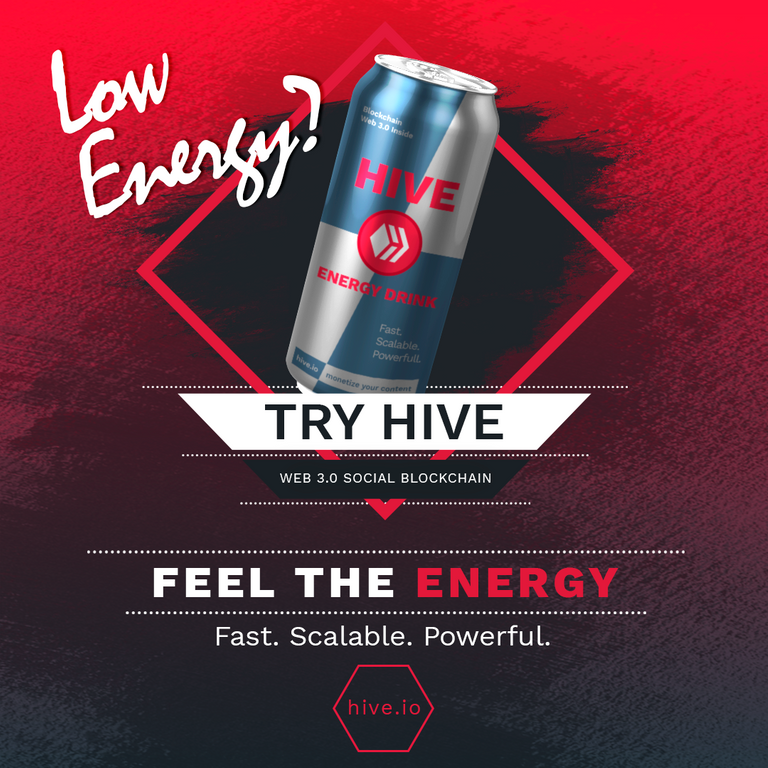Singularity Achieved with Stem Cells

A team of researchers have seemingly bridged the gap between man and machine, using Stem cell research. Xenobots as they have been come to be know, are now starting to raise concerns across the globe. Ethics as well as morality are both in question as science has dawned a near era onto mankind once again.
Xenobots are less than 1mm long and made of 500-1000 living cells. They have various simple shapes, including some with squat "legs". They can propel themselves in linear or circular directions, join together to act collectively, and move small objects. Using their own cellular energy, they can live up to 10 days.
Although the concept of Stem Cell research has been deemed Ethical, this raises new questions about consciousness and pain that other life forms experience due to mankind's decisions. There is a large speculative drama about 2 Chinese twin girls who are not able to get aids, more inventions along these lines will start to draw the ire of policy makers and regulators internationally.


A Scalable Pipeline for Reconfigurable Organisms (link in footer)
Significance
Most technologies are made from steel, concrete, chemicals, and plastics, which degrade over time and can produce harmful ecological and health side effects. It would thus be useful to build technologies using self-renewing and biocompatible materials, of which the ideal candidates are living systems themselves. Thus, we here present a method that designs completely biological machines from the ground up: computers automatically design new machines in simulation, and the best designs are then built by combining together different biological tissues. This suggests others may use this approach to design a variety of living machines to safely deliver drugs inside the human body, help with environmental remediation, or further broaden our understanding of the diverse forms and functions life may adopt.
Abstract
Living systems are more robust, diverse, complex, and supportive of human life than any technology yet created. However, our ability to create novel lifeforms is currently limited to varying existing organisms or bioengineering organoids in vitro. Here we show a scalable pipeline for creating functional novel lifeforms: AI methods automatically design diverse candidate lifeforms in silico to perform some desired function, and transferable designs are then created using a cell-based construction toolkit to realize living systems with the predicted behaviors. Although some steps in this pipeline still require manual intervention, complete automation in future would pave the way to designing and deploying unique, bespoke living systems for a wide range of functions.

Sources & Links for Further Reading
Published Research : https://www.pnas.org/content/117/4/1853
Quote Source : https://phys.org/news/2020-01-bot-beast-scientists-programmable.html
| @non-partisan ~ | For News and Current Events | Without a Political Bias |
|---|---|---|
 |  |  |
| Hive Blockchain Social Network | Censorship Resistant Media | Join Hive Today. |